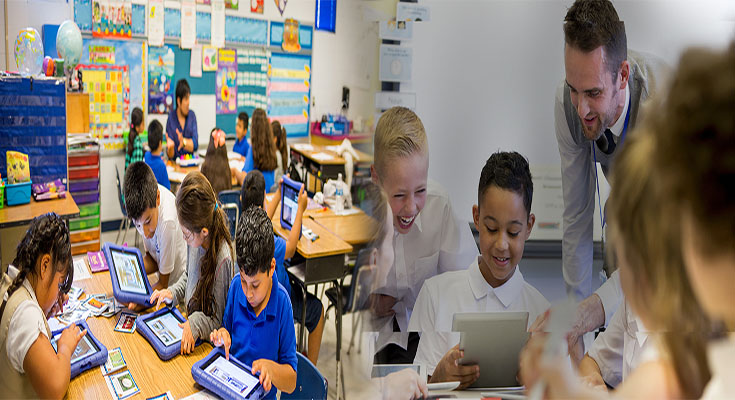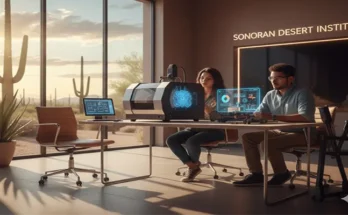In the wake of recent global events, the role of technology in education has become more prominent than ever before. With a growing focus on the need for flexibility and adaptability in the learning process, hybrid learning models have emerged as a promising solution for tomorrow’s schools. Combining the best of traditional classroom instruction with online and remote learning, these hybrid models offer a new way of delivering education that caters to the diverse needs of students while preparing them for the challenges of the digital age. Let’s delve into the emergence of hybrid learning models and their potential impact on the future of education.
The Blending of Traditional and Online Learning
Hybrid learning models aim to strike a balance between traditional, face-to-face instruction and online learning experiences. This blending of approaches allows for greater flexibility and accessibility while still preserving the benefits of in-person interaction, real-time feedback, and social engagement. By embracing technology, hybrid models enable students to access educational content and resources from anywhere, at any time, while still maintaining a connection with their peers and teachers.
Personalized and Self-Paced Learning
One of the key advantages of hybrid learning models is the ability to cater to individual student needs through personalized and self-paced learning. Online components of the hybrid model can be designed to offer adaptive learning paths, which adjust the difficulty and pace of instruction based on students’ progress and performance. This personalized approach ensures that students receive targeted support and instruction while also allowing them to learn at their own pace, deepening their understanding and promoting mastery of concepts.
Flexibility and Accessibility
With a hybrid learning model, students have greater flexibility in terms of when and where they learn. Whether it’s accessing online resources or engaging in virtual discussions, students can adapt their education to fit their personal schedules and preferences. This flexibility allows for a more inclusive and accessible learning environment as students from diverse backgrounds, and with different learning styles, can engage with the material in ways that work best for them.
Collaboration and Global Connections
Hybrid learning models can foster collaboration and global connections among students. Online platforms provide opportunities for virtual collaboration and interactive group work that transcend physical boundaries. Students can collaborate with classmates, regardless of their geographic location, and engage with experts or resources from around the world. This global perspective enriches the learning experience and prepares students for the interconnected nature of the modern world.
Lifelong Learning Skills
As students become more accustomed to hybrid learning, they develop crucial skills that are vital for lifelong learning. Hybrid learning encourages self-direction, time management, digital literacy, and critical thinking skills. Students must navigate online platforms, evaluate and curate digital resources, and take responsibility for their own learning. These skills not only benefit students during their academic journey but also prepare them for continuous learning and adaptation in the fast-paced, technology-driven future.
Continuous Assessment and Data-Driven Insights
Hybrid learning models offer opportunities for continuous assessment and data-driven insights into student performance. Online platforms can collect data on students’ progress, engagement, and areas of strengths and weaknesses. This valuable information can inform educators’ instructional decisions, enabling them to provide targeted support and interventions when needed. By leveraging data analytics, hybrid learning models empower educators to personalize instruction and assess student learning outcomes effectively.
The emergence of hybrid learning models represents a significant shift in the way education is delivered. By blending traditional face-to-face teaching with online learning, these models offer increased flexibility, personalized instruction, global connections, and essential lifelong learning skills. As schools embrace this evolution, students will benefit from the best aspects of in-person interaction and digital learning, preparing them to thrive in an ever-changing and interconnected world. As tomorrow’s schools prioritize the adoption of hybrid learning models, they pave the way for a future of education that is adaptable, inclusive, and fully prepared for the challenges of the 21st century.





